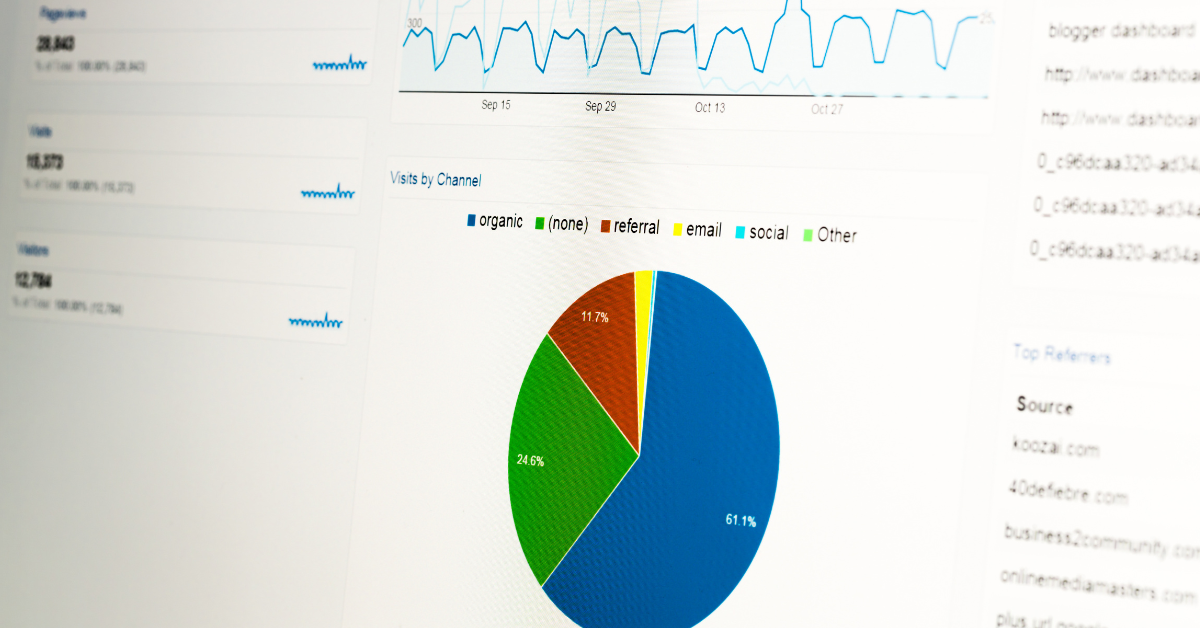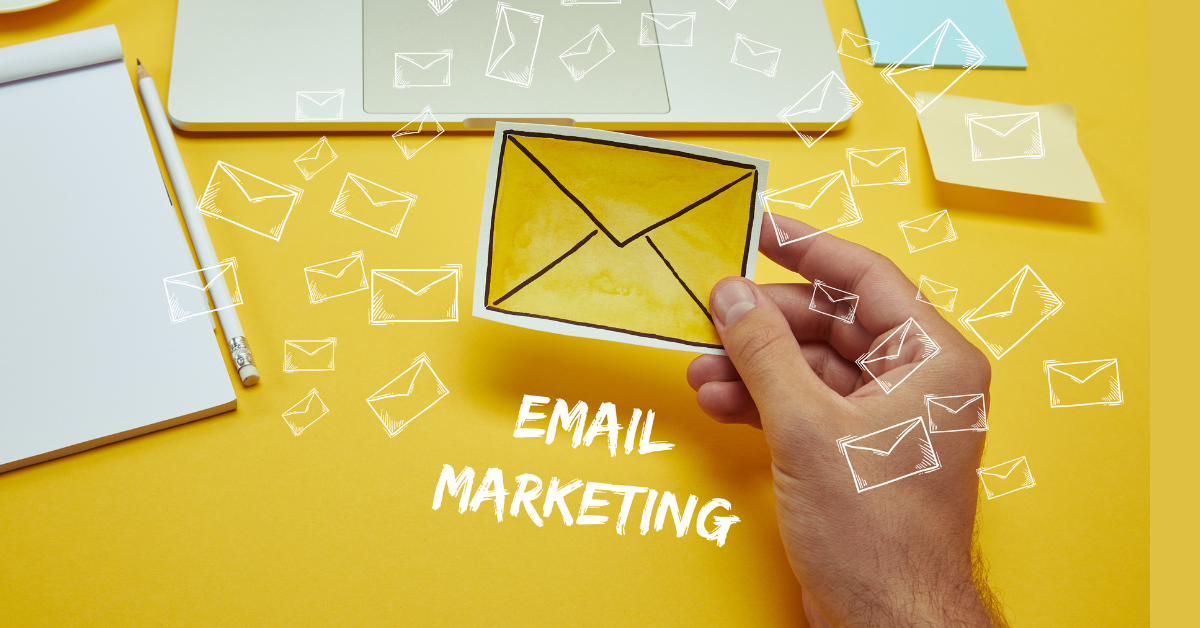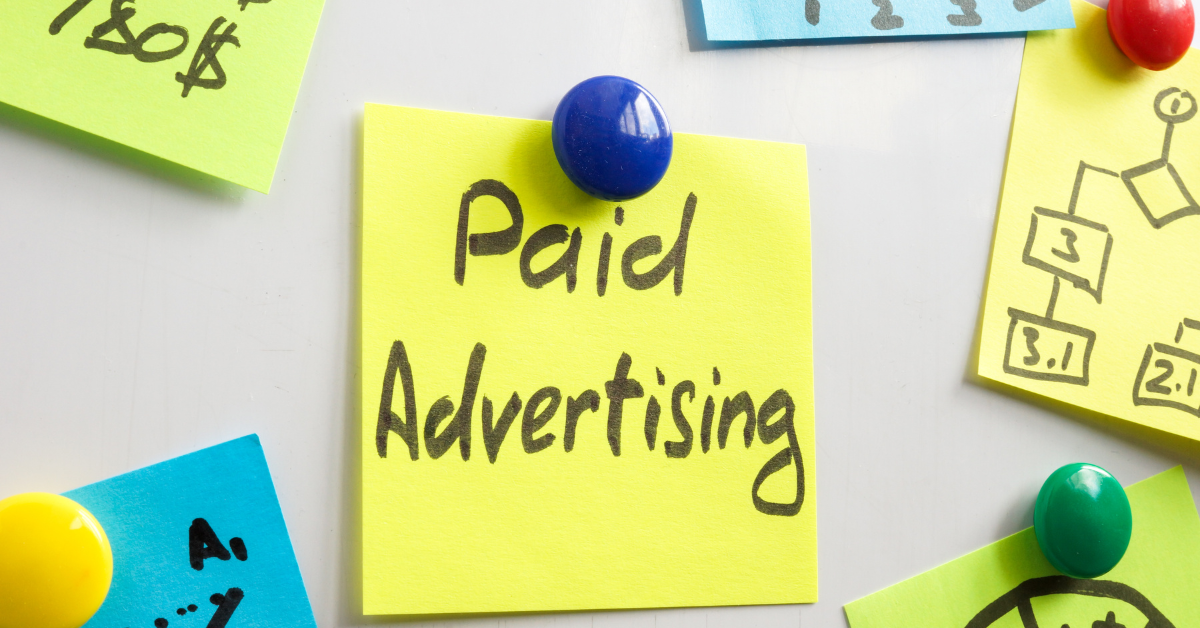Introduction
Google Analytics (GA) is the digital compass that guides and influences marketing decisions for various entrepreneurs and business owners. But let’s face it, for many diving into the Analytics dashboard is confusing. With so much data to consumer we’re going to help you with this guide. We’re going to walk you through the key metrics in Google Analytics that are essential for boosting your online presence, lead generation, and sealing those all-important deals. By the end of this read, you’ll have a map leading to the hidden gems of online success!
Understanding Google Analytics
Google Analytics isn’t just a tool; it’s your digital marketing Swiss Army Knife. In the realm of online advertising, content marketing, social media marketing, and A.I advancements, this platform offers a goldmine of insights. Grasping the basics of Google Analytics sets the foundation for mastering the digital space.
The Essential Metrics for Every Business Owner
Traffic Metrics: Understanding Your Audience
- Users, Sessions, and Pageviews: These are your ABCs in Google Analytics. They tell you how many people are visiting, how often, and what they’re looking at.
- Traffic Sources: Knowing whether visitors come from search engines, social media, or direct links helps tailor your marketing strategies effectively.
Behaviour Metrics: How Visitors Interact with Your Site
- Pages per Session and Average Session Duration: These numbers reveal if your content is engaging enough to keep visitors browsing.
- Bounce Rate: High bounce rates might signal that it’s time to revamp your landing pages or content strategy.
Conversion Tracking: The Key to Measuring Success
Without conversion tracking, you’re shooting in the dark. By setting up goals and e-commerce tracking, you understand precisely what drives sales and conversions.
Audience Insights: Knowing Your Customer
- Demographics and Interests: Cater your content and marketing strategies to the audience that’s actually interested in your products or services.
- Geo-Location Data: Tailoring your strategy based on location can significantly boost your market relevance.
Advanced Metrics: Taking Your Analysis Further
- Event Tracking and Custom Dimensions: Get granular with what actions users are taking and tailor your website accordingly.
- Multi-Channel Funnels and Attribution Modeling: Understand the entire journey of your customer, from the first click to the final sale.
Content Marketing Analysis: Optimizing Your Content Strategy
Identify what content works best and understand your audience’s engagement levels. This is key to driving organic traffic and improving SEO.
Social Media Marketing and Its Impact on Website Traffic
- Analyzing Social Media Traffic: Measure the effectiveness of your social media strategies in driving website traffic.
- Measuring the ROI of Social Media Campaigns: Know which platforms and campaigns are giving you the best return on investment.
The Future of Digital Marketing: AI Marketing Advancements
Leverage the power of predictive analytics and AI to stay ahead of the curve. Integrating these tools with Google Analytics opens up a new world of insights.
Ensuring Accurate Data: Properly Installing Tags on Your Website
To ensure the data you’re getting is accurate, correctly installing Google Analytics tags on your website is crucial. This support article from Google provides a step-by-step guide on setting up your tags to track user interactions accurately. Remember everything moving forward needs to be GA4 (Google Analytics 4) as UA (Universal Analytics) is no longer active.
Utilizing Google Tag Manager for Streamlined Tag Management
Google Tag Manager (GTM) simplifies the process of managing your tags. Learn how to use this tool to update and manage your analytics tags efficiently without always needing a developer. If you’re not using GTM click here to get a free account. This makes adding tracking tags and pixels to your site an absolute breeze.
Actionable Strategies for Business Owners and Entrepreneurs
Finally, make Google Analytics work for you. Regularly monitoring these metrics and making data-driven decisions can transform your online presence. If your website is running without GA or you haven’t launched your website yet, you can always sign up for a Google Analytics account for free today!
Conclusion
Google Analytics is more than just numbers and graphs; it’s the compass that guides your digital strategy towards success. Harness its power, and you’ll navigate the digital marketing seas like a pro. Remember, knowledge is power, but only when applied. If you want to take an even deeper dive into the GA platform, check out the free courses Google offers in their Google Analytics Academy. Happy analyzing!
Call-to-Action
Eager to explore more or need help personalizing your digital marketing strategy? Dive deeper with our resources or contact us today for a free marketing consultation and expert guidance tailored to your business needs.







